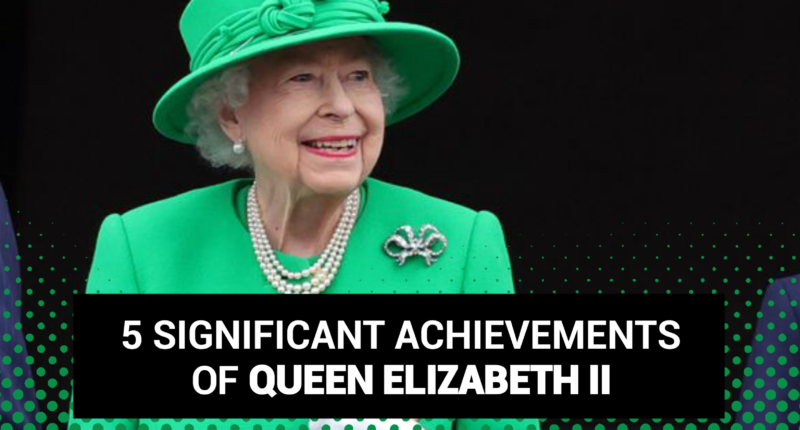The first British monarch to address Congress in the United States.
America was previously a British colony and the two sides battled against each other during America’s lengthy struggle for independence, i.e. the American Revolutionary War, (1775-1783). So, the relationship between both countries was unpredictable.
As a result, Queen Elizabeth II’s speech to a joint session of the United States Congress on Thursday, May 16, 1991, was a huge moment for both countries. The Queen, therefore, became the first British monarch to accomplish this achievement.
She supported the decolonization of several countries
Elizabeth has been the leader of the Commonwealth, a group of countries and territories spread around the globe, since 1952. From the early 1950s until the 1990s, the Queen assisted many of these countries in achieving independence or autonomy. This was especially important in Africa, where almost all of Britain’s colonies attained independence during her reign.
Although her role is mostly ceremonial, Elizabeth II is still the head of state of approximately 15 countries (as of 2021), including Australia, New Zealand, Jamaica, and a few more.
She was the longest-reigning ruler in British history.
Queen Elizabeth II is the longest-reigning monarch in British history. In 1953, she succeeded her father, King George VI.
In 2002, she celebrated 50 years on the throne. Her Diamond and Sapphire Jubilees were celebrated in 2012 and 2017, respectively. In February 2022, the Queen celebrated her platinum jubilee, reaching a remarkable 70 years on the throne.
Elizabeth II outlasted her great-great-grandmother, Queen Victoria, who was now England’s second longest reigning monarch.
She was the head of the Commonwealth
When Elizabeth became Queen in 1952, she assumed control of the Commonwealth countries, a collection of sovereign nations and protectorates that regard the Queen as the head of state. As of 2022, the Commonwealth realm includes 14 states, including Jamaica, Grenada, Australia, the Bahamas, Canada, and others. These countries are also members of the Commonwealth of Nations, of which the Queen is the head.
The Commonwealth of Nations is a group of 54 independent countries (mostly former British Empire colonies) that work together to promote socioeconomic and cultural ties among themselves.
It is believed that the Commonwealth of Nations alone accounts for one-third of the world’s population; the majority of these countries are in Africa.
She passed the Crown Act of 2013
Up until 2013, the succession to the English crown heavily favoured princes over princesses. This meant that princes were closer in line to the throne than their older sisters. However, this changed in 2013 when the British Parliament enacted the Crown Act (2013). The act states that succession will be dissociated from the gender of those in line to the throne. This empowered gender equality and equality of opportunities in her country. For example, the Queen’s great-grandchild Princess Charlotte (the daughter of Prince William and Kate Middleton) is closer in line to the English throne than her younger brother Prince Louis.

